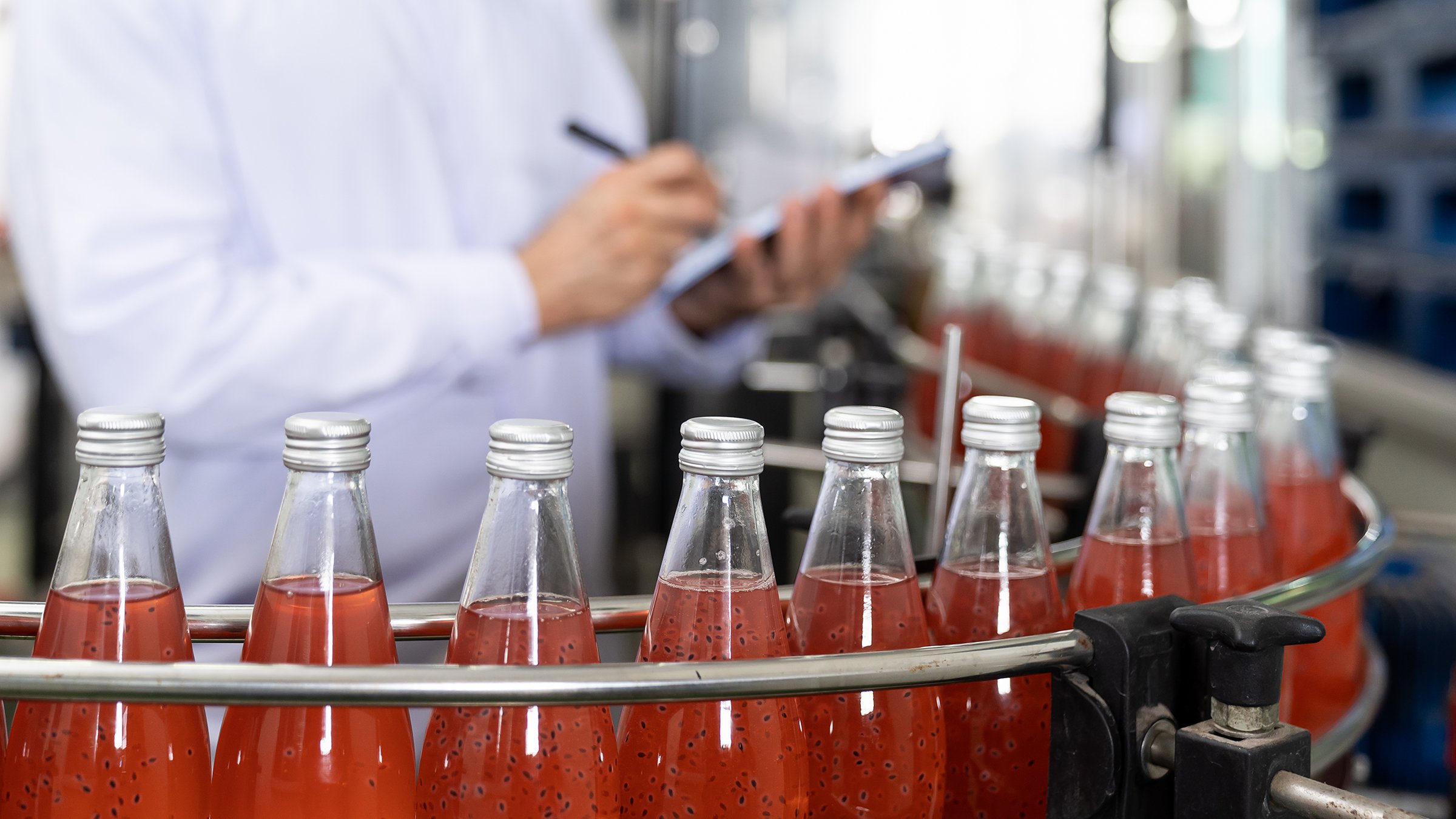By Todd Gilliam, Americas Industry Manager for Consumer Packaged Goods, Rockwell Automation
The food and beverage industry is severely impacted by workforce challenges. From pandemic disruptions to looming retirements, employers need a way to extend their workforce. Finding and keeping talent are two of the top challenges identified by food and beverage company leaders.
And they are not alone. According to the 2023 Annual State of Smart Manufacturing Report that compiles feedback from hundreds of manufacturers, skilled worker shortage, supply chain disruption and security/risk management are top challenges for business. Survey results show the No. 1 challenge is employee retention.
Without modern tools, technologies and work processes to drive efficiency, producers will struggle to be successful and remain competitive.
The good news is that by using innovation, technology and data to make decisions, employers can equip workers with the right tools while supporting the path for success through learning and development.
Companies embracing digital transformation can gain more productivity from their workforce and combat the decline in institutional knowledge that’s diminishing as a generation of skilled workers ages out of the labor force and current workers leverage their career mobility.
The U.S. shortage of skilled manufacturing workers — more than 600,000 before the pandemic — is projected to be 2.4M by 2028, according to the Pew Research Center.
Automation systems need to be more flexible and sophisticated than ever, and they also need to present your workforce with a more intuitive and transparent user experience.
Because workforce demographics are changing dramatically, consider the devices you use and the employee experience. Make information easy to consume and role specific. For example, a video library is an easy way to consume information and simple to adopt.
Engage remote assets and expert assistance to avoid downtime and boost productivity by augmenting people with team collaboration tools, mixed reality (MR) guides, Industrial Internet of Things-enabled machines and Artificial Intelligence-enhanced applications.


